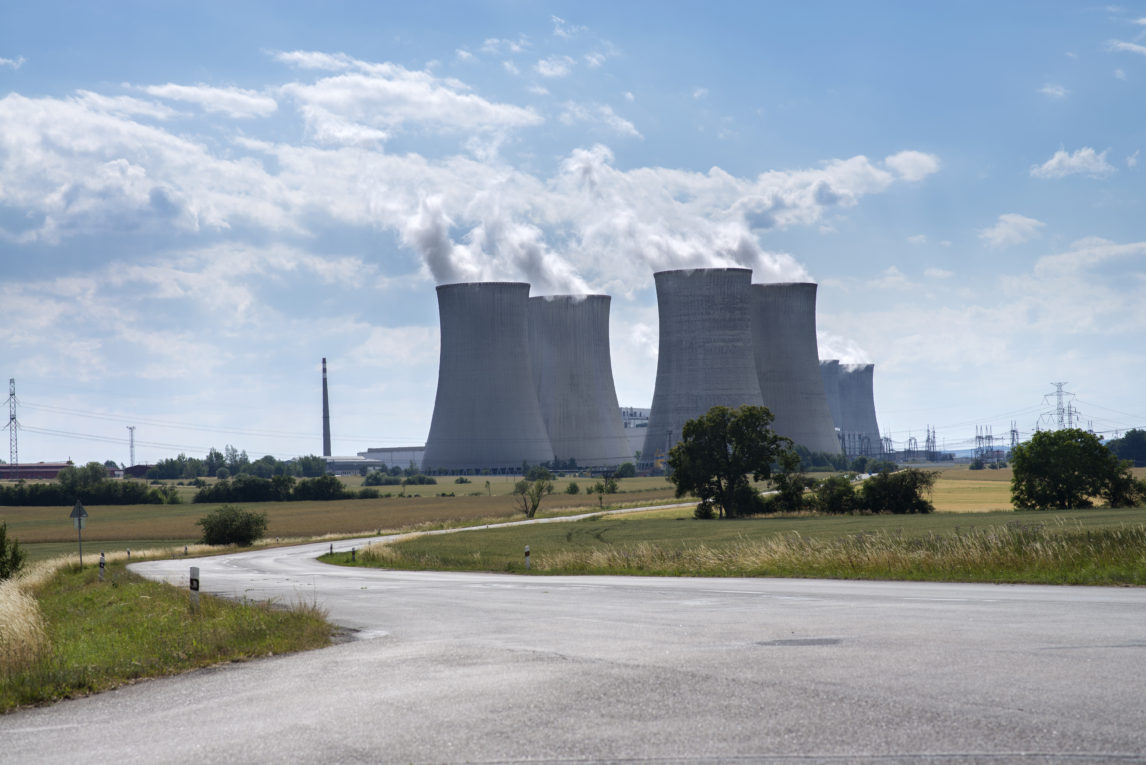Oswego, NY Nuclear Plant to be Cited for Safety Violation
Near-Miss Accident in April Due to Operator Errors, “Inadequate Procedures”
Agency Cites Inadequate Time to Evacuate Local Residents
Alliance for a Green Economy and Nuclear Information and Resource Service received notice that the U.S. Nuclear Regulatory Commission is preparing to cite the operator of the Nine Mile Point nuclear station for safety violations in relation to a near-miss accident on April 16, 2013. The event was loss of power to shutdown cooling systems, during which the reactor was within two hours from boiling and releasing radioactive steam into the reactor building.
See: NRC Final NM1 Loss of SDC Choice Letter (Sept. 23)
Slideshow by David Lochbaum: April 16, 2013 Nine Mile Point Unit 1 Event
Details: Constellation operators lost all power to the shutdown cooling systems for over 30 minutes, at the beginning of the refueling outage. Operators were preparing to defuel the reactor, and had opened containment seals and disconnected steam vent to the reactor vessel, effectively removing all barriers to a radiation release and disabling one of the essential backup cooling systems. Constellation had not removed the reactor vessel head, and all of the fuel was still in the reactor.
The incident happened just two days after shutdown for refueling, so the fuel in the reactor was still at its hottest, and the water in the vessel heated up by 27 degrees in a half-hour. NRC estimates the reactor would have begun boiling within 110 minutes — or less than 80 minutes from when Constellation workers managed to get the pumps working again – thereby spewing steam into the building that houses the reactor and many of its key safety systems.
NRC says it would have taken about 9 hours before the water boiled down to where the fuel was exposed, which could have led to a meltdown. (NRC letter, page A-2)
The NRC notice also cites a major concern over the lack of time to evacuate the public in the vicinity, due to the fast-breaking nature of the radiation release that could have occurred. With the reactor vessel and containment both open, there were no barriers to the release of radiation, and local residents might not have gotten enough notice to leave the area before they were exposed.
Media Advisory
September 25, 2013
Contact: Tim Judson, Nuclear Information and Resource Service (315) 415-3005
David Lochbaum, Union of Concerned Scientists (423) 488-8318

